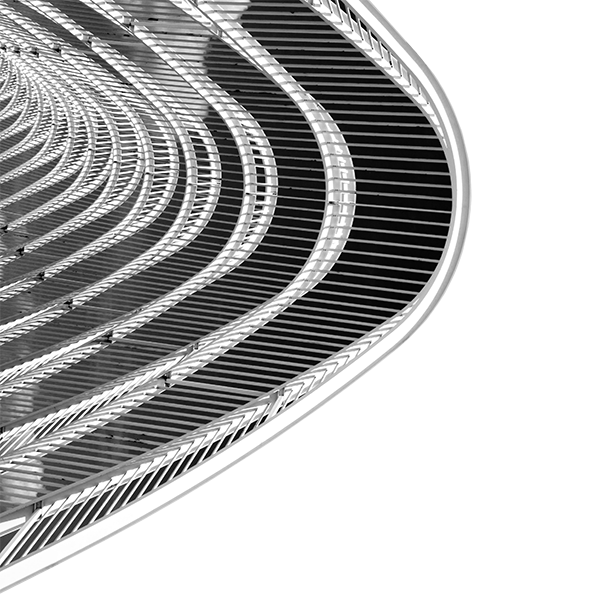Surface Discharges
Using EMA3D® to Calculate Surface to Surface Discharge Transients
When a space vehicle undergoes surface charging in a space plasma environment, there is the potential for discharges and arcing to occur. These discharges may cause damage to surfaces or may couple electromagnetic energy to antennas and cables. In this blog entry we discuss how to estimate the coupling of energy to an antenna during a surface to surface discharge using EMA3D.

The geometry setup shown here is very simple but is fine for estimating the fields seen by the antenna. EMA3D supports complicated geometry import and development for the interested user. In our model, there are nine discharge channels shown in the inset. These will serve as the path for the surface to surface current discharge.
To constrain the discharge waveform the user must first perform a surface charging analysis using a program like Nascap-2K. The surface charging analysis will provide a voltage differential between the conductor and the dielectric. We can then constrain the discharge to a total charge using the capacitance of the system.
EMA3D has pre- and post-processing interface with Nascap-2K, so the user can apply the same geometrical model for the entire analysis. Here, we assume we have a voltage differential already supplied.

We first apply a slow waveform to charge up the dielectric. After reaching steady state, we then discharge the dielectric onto the conductor and evaluate the transients at the antenna. Our discharge waveform is a fast double-exponential fit to empirical observations of spacecraft discharges.
The time domain result is shown in the Figure above. Notice how the electric field shows a slow buildup to the saturating value as we charge the dielectric and then there is a rapid discharge back to the conductor as the electric field goes back down to zero.

We also evaluate the frequency domain result for the electric field, shown in the Figure above. In this case, the user may be interested to see the interference in the region of the antenna’s operating frequency.
In this short blog post, we have demonstrated a simple way to estimate electromagnetic energy coupling to an antenna during a surface to surface spacecraft discharge event. The techniques shown here can easily be applied to surface to space discharges and vehicle to vehicle discharges, as EMA has shown in a previous webinar (link here).
Using EMA3D’s pre- and post-processing interface with Nascap-2K, a sophisticated user can apply the same geometry to the complete spacecraft charging simulation analysis, as well as a wide range of EMC problems including lightning and HIRF.

